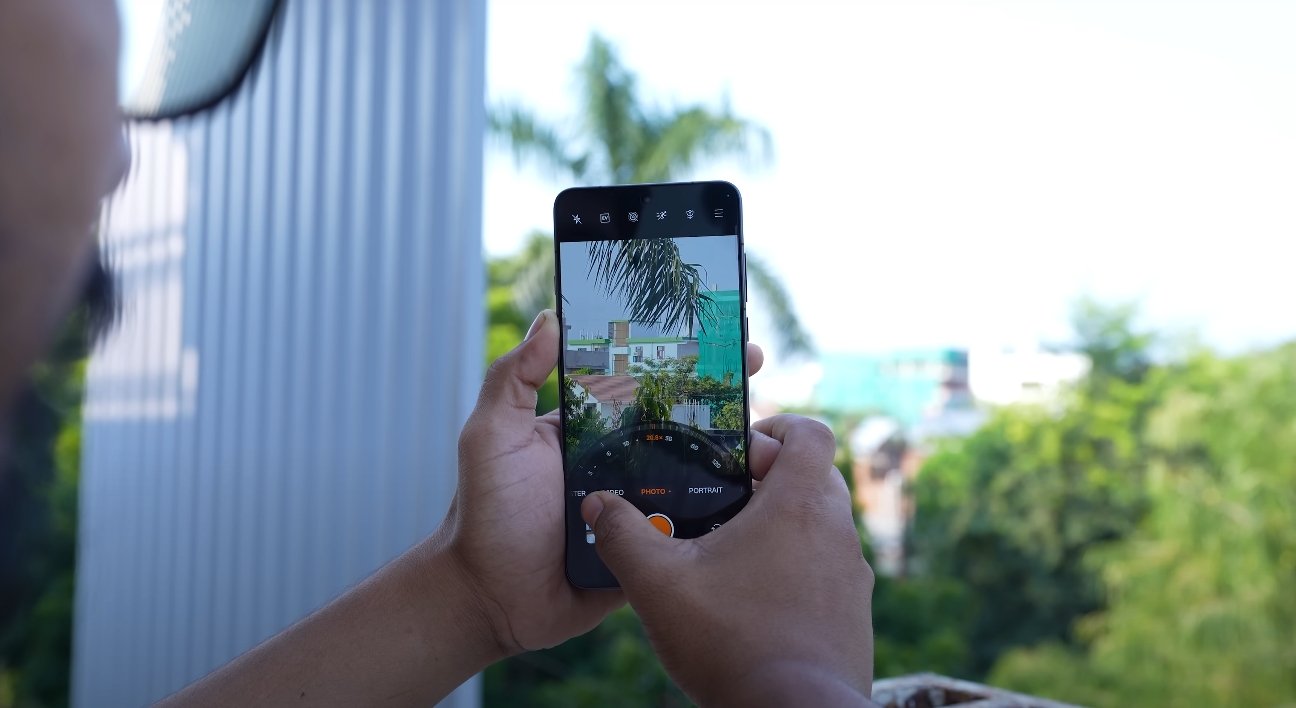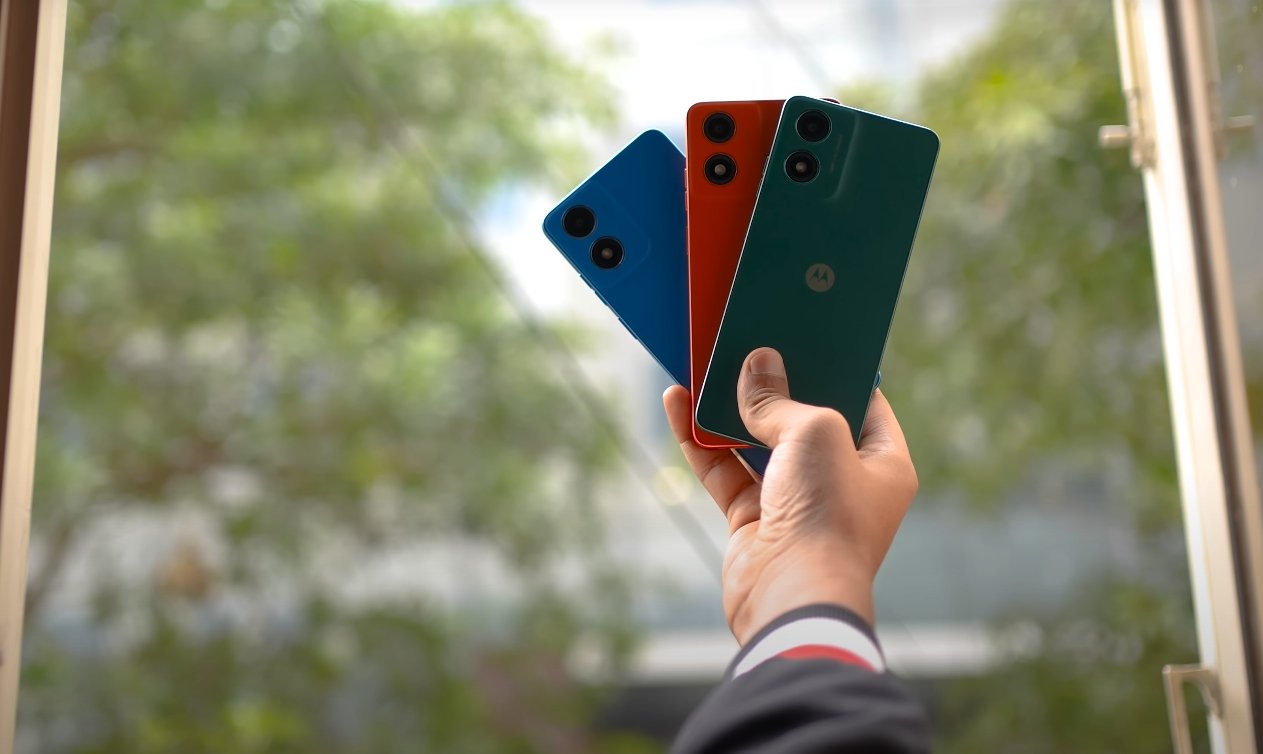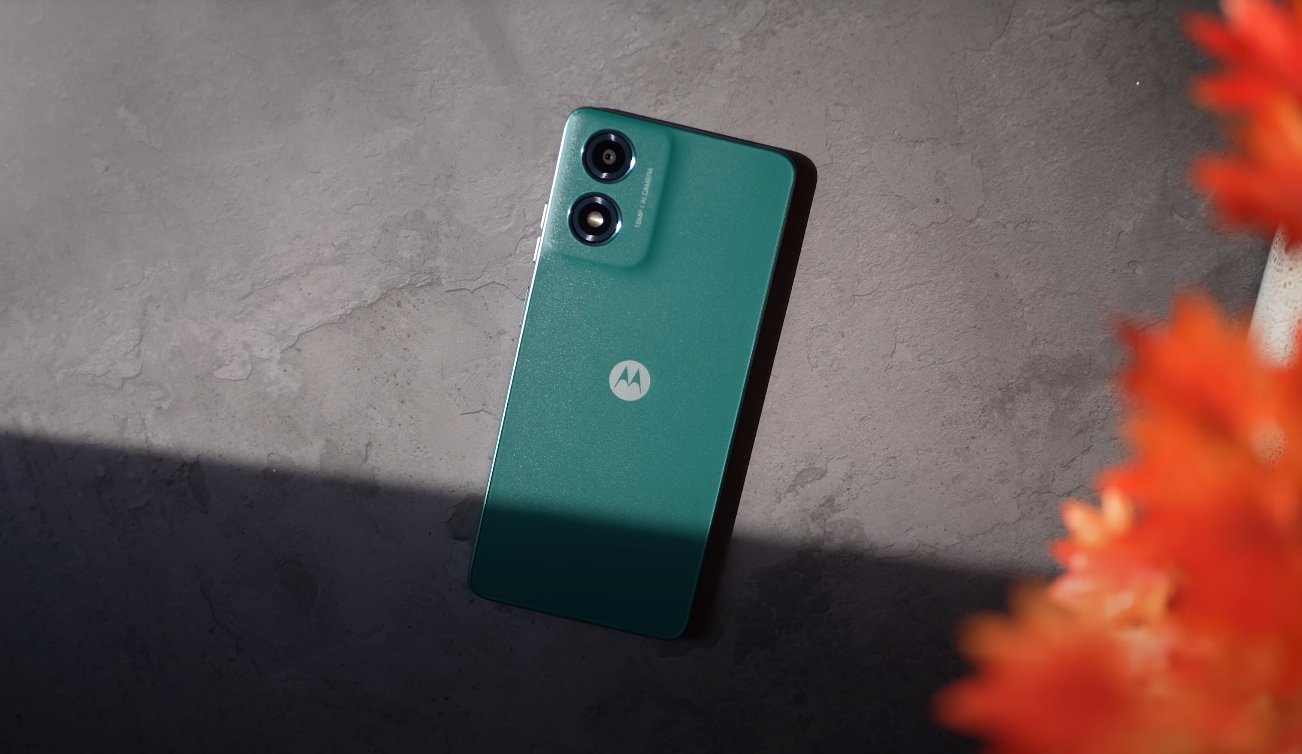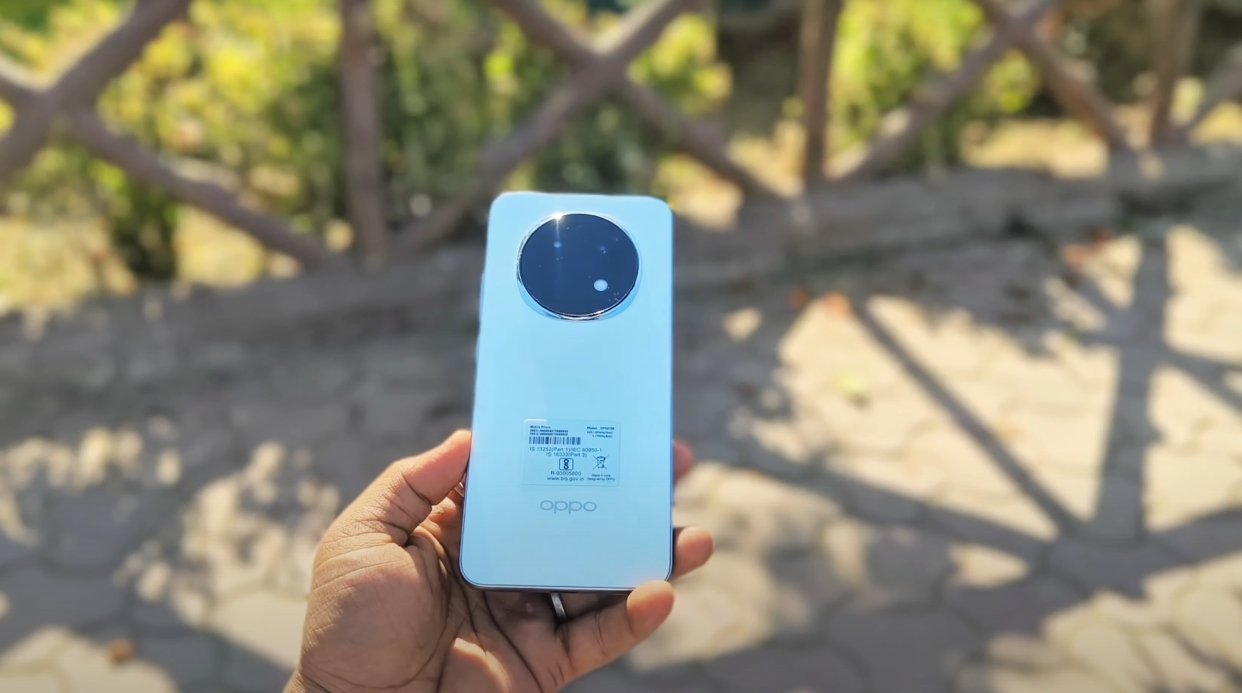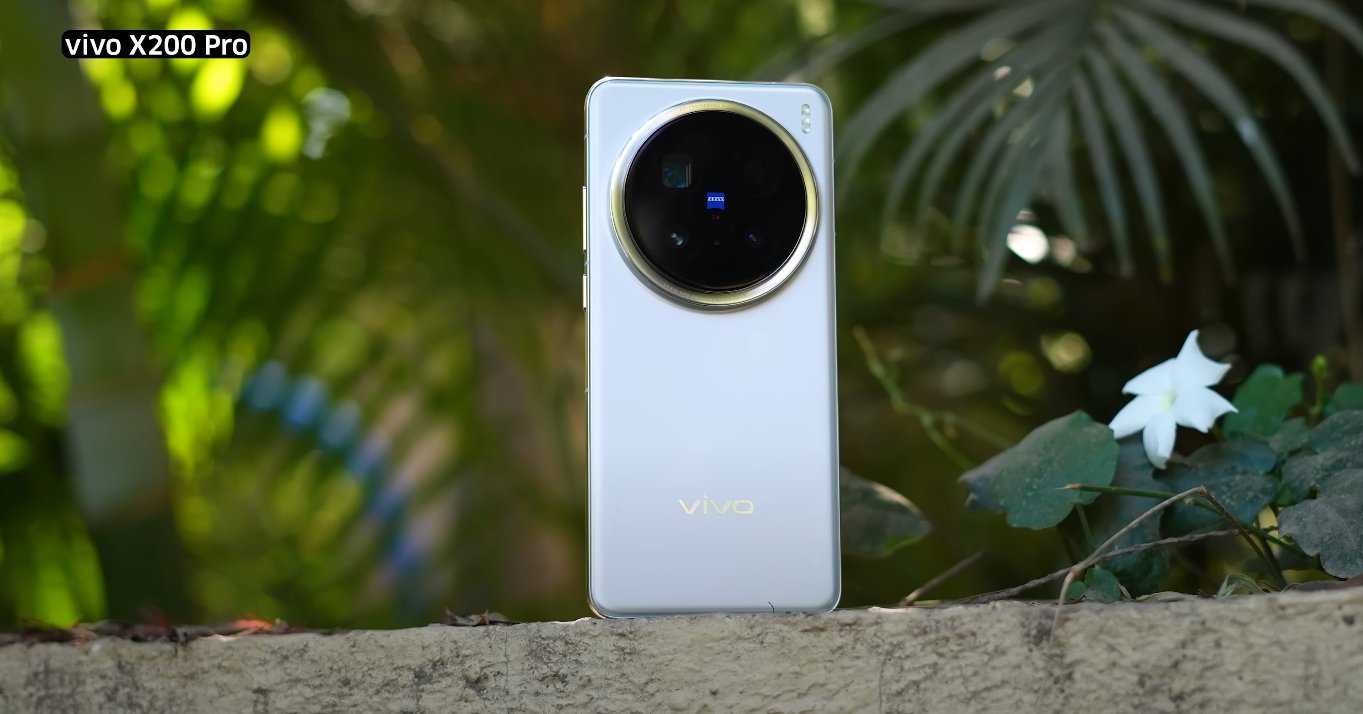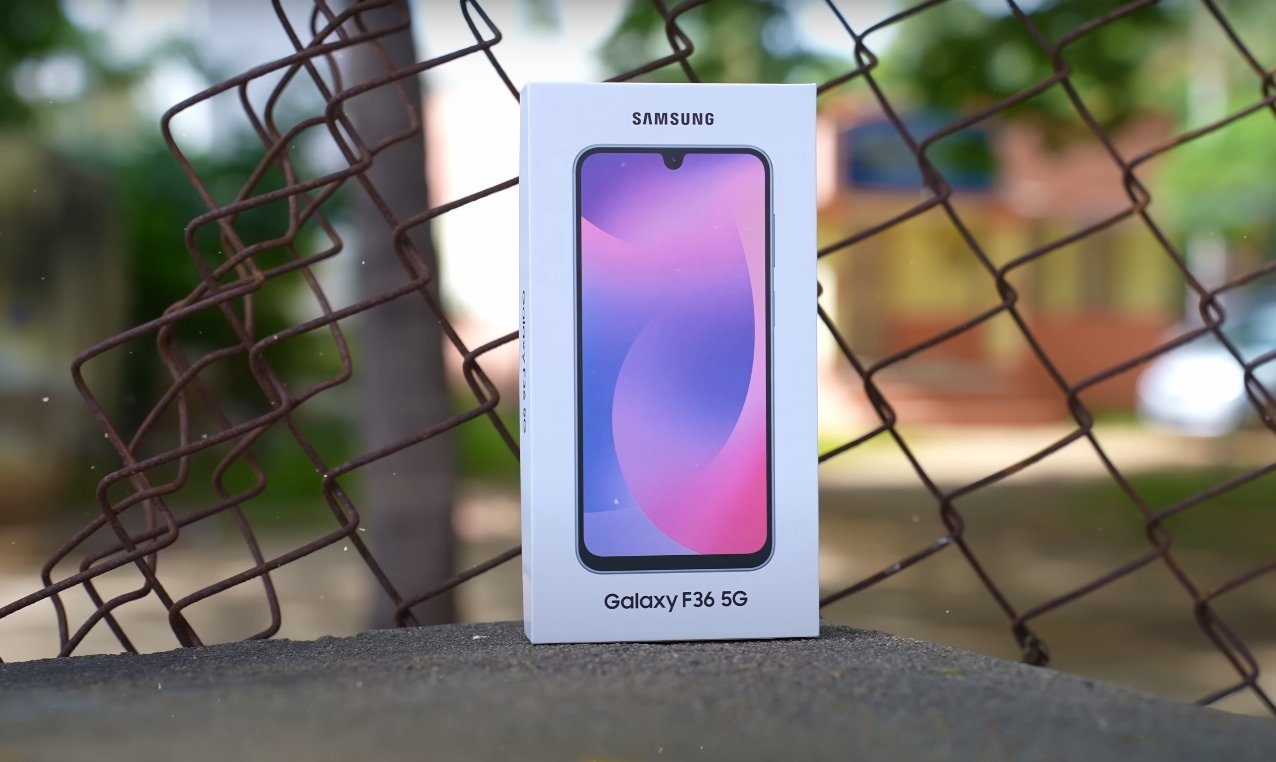Camera Clash: Oppo vs Xiaomi
The Oppo Find X8 Ultra and Xiaomi 14 Ultra are two of 2025’s most powerful flagship smartphones, both featuring advanced camera systems designed to appeal to photography enthusiasts. Early comparisons and hands-on tests highlight their strengths and differences in image quality, low-light performance, zoom capabilities, and software features.
Starting with hardware, both phones use a quad-camera setup centered around a 1-inch 50MP main sensor. The Oppo Find X8 Ultra pairs this with a 50MP ultrawide lens, a 50MP 3x telephoto, and a 50MP 6x periscope telephoto lens. Xiaomi 14 Ultra uses a similar configuration with a 50MP main sensor, 50MP ultrawide, 3.2x telephoto, and 5x periscope telephoto lens. Both phones also incorporate specialized sensors and software tuning—Oppo uses Hasselblad calibration, while Xiaomi applies Leica tuning for accurate color reproduction.
In daylight photography, both devices deliver excellent results, capturing sharp textures and vibrant colors. The Oppo Find X8 Ultra’s main sensor produces images with strong detail and accurate color, while its 6x periscope lens enables clear, high-quality zoom shots. Some users note that Oppo’s HDR processing can slightly overexpose highlights in challenging lighting. Xiaomi 14 Ultra offers excellent dynamic range and smooth tonal gradients, producing images with natural color and contrast. Its 5x periscope zoom performs well, though extreme zoom levels may show slight softness.
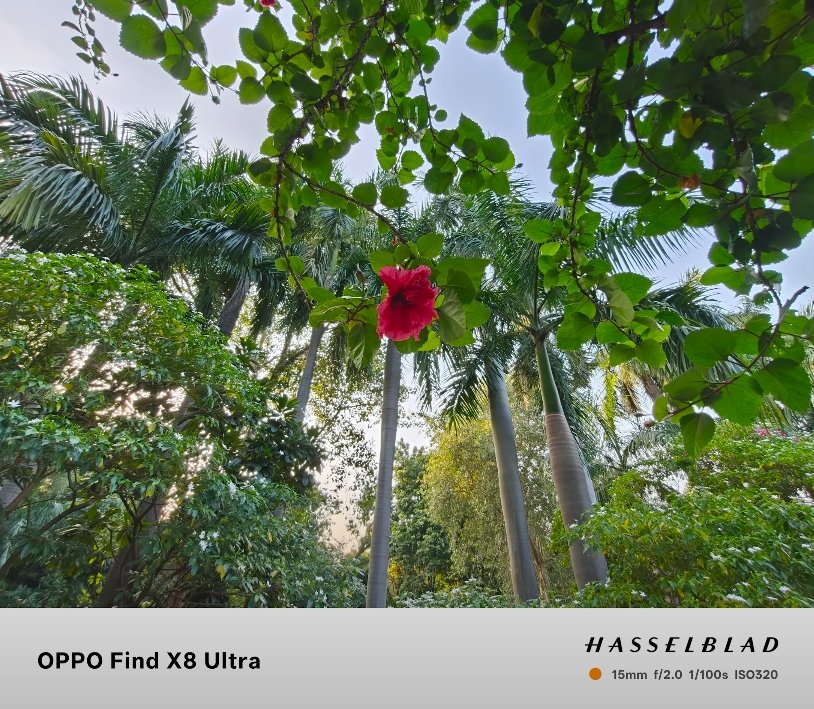
Low-light performance is another area where both phones excel. Oppo’s 1-inch sensor and AI-enhanced Night Mode produce brighter images with reduced noise and enhanced detail. The Xiaomi 14 Ultra performs impressively as well, with variable aperture control and Night Mode delivering images with rich colors and minimal noise, though extreme low-light conditions may introduce slight softness. Both phones ensure usable and high-quality results in nighttime photography.
Portrait mode performance is strong on both devices. Oppo Find X8 Ultra offers precise subject separation and realistic background blur, producing professional-looking portraits. Xiaomi 14 Ultra also delivers pleasing bokeh effects, with accurate skin tones and well-defined edges, benefiting from Leica tuning to maintain a natural, artistic appearance. Both phones excel at creating compelling portrait shots.
Zoom capabilities further distinguish these devices. Oppo’s 6x periscope telephoto lens maintains remarkable clarity, capturing distant subjects with minimal distortion. The 3x telephoto lens adds versatility for everyday framing. Xiaomi’s 5x periscope lens also captures detailed distant shots, though some softness may appear at maximum zoom, and its 3.2x telephoto lens balances reach and quality. Oppo slightly edges out in extreme zoom scenarios due to the 6x lens.
Software features play a significant role in the camera experience. Oppo offers XPAN mode for panoramic shots and a Master Mode for full manual control over ISO, shutter speed, and focus, appealing to enthusiasts. Xiaomi’s camera app includes Pro Mode, RAW support, and AI-assisted automatic settings, providing versatility for both beginners and experienced users. Both offer robust tools for creative photography.
In conclusion, the Oppo Find X8 Ultra and Xiaomi 14 Ultra are both exceptional photography smartphones. Oppo excels in zoom performance and low-light imaging, making it ideal for users who prioritize long-range shots and night photography. Xiaomi shines in dynamic range and color accuracy, appealing to those who want natural, vivid images across varied lighting. Choosing between them depends on personal photography priorities and which features—zoom, low-light capability, or color reproduction—matter most.
Both phones demonstrate how flagship smartphones in 2025 are pushing the boundaries of mobile photography, providing users with professional-level tools in a pocket-sized device.
Also Read: Vivo X300 FE color options spotted for USA launch
